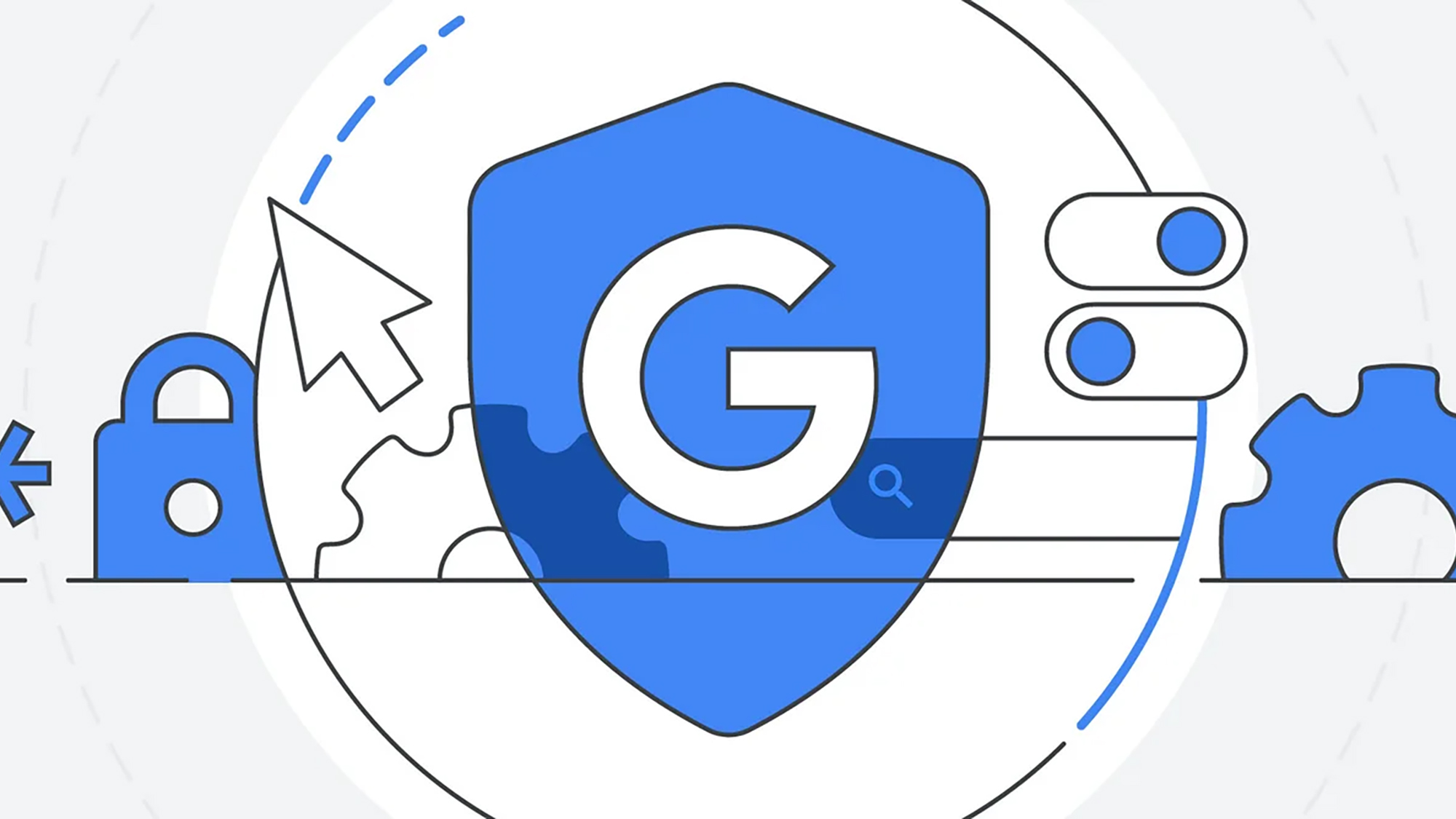

Good news for anyone with a Google account: A useful security feature that previously required a Google One subscription is now going to be made available to everyone, for free, from the end of July 2024.
That feature is dark web reporting, and it’s being bundled with another related feature called Results About You. Both these features are intended to help you take more control over any personal information of yours that’s on the web.
Dark web reports (from the hidden parts of the web) are now going to show alongside Results About You (from the standard parts of the web), in a new-look interface. Here we’ll focus on the dark web reports. For now, the features are available to US English accounts, but you can expect them to become more widely available before too long.
What are dark web leaks?

If you’re not familiar with the dark web, it’s a small part of the deep web. The deep web is, essentially, everything that won’t show up in Google searches and won’t load up in your web browser—everything from internal company networks to your Gmail archive (which you definitely don’t want appearing in Google searches).
The dark web does have websites like the standard web, but they’re well hidden away, and more difficult to access: You need special software to access it, and special search engines to explore it. The Tor browser is an example of one of the tools you can install to have a poke around the dark web and see what’s out there.
Be warned though: The dark web is, intentionally, not very user friendly. It’s designed to be difficult to get around, and there’s plenty of less-than-wholesome content on it. The dark web does have its positive uses—for countries with censored and monitored internet activity, for example—but its anonymity and its clandestine nature tends to attract various forms of illegal activity.
For example: When hackers have a pile of leaked data to sell, they often sell it on the dark web, rather than putting it up on somewhere like eBay or Etsy (where too many eyes are watching). This is where the dark reports Google produces come in, alerting you whenever data such as your name, email, and address show up.
Google doesn’t provide exact details of how it scours the dark web for information—presumably so that those who are posting the information aren’t able to evade Google’s gaze. But it’s clearly using some of its search know-how to shine a light on some of the darker and more difficult-to-see corners of the internet.
How do dark web reports work?

Right now, dark web reports are available for everyone who subscribes to a Google One plan. Prices start at $2 a month and include features such as extra storage for services like Gmail and Google Photos, as well as other perks (priority support, for example, and access to more advanced AI features).
Right now, you can set up dark web reports from your Google One dashboard on the web. When the feature makes its way over to free accounts, it will become part of the Results For You interface, and it will work in a similar way.
If you don’t already have dark web reporting configured, click Set up and then Start monitoring under the Dark web report heading. The next screen lets you specify the personal data that you want Google to monitor for: It will already have some of your information as part of your profile, but you can add new details if needed.
When the service has been set up, you’re able to click View under Dark web report to check any results that Google has found (you should also get email alerts about breaches). You can click through on the results to see the types of info that have leaked, and in which breaches. They may be data leaks for specific sites or services, or bigger packages of data hauls that hackers are looking to sell on.
Unfortunately, you can’t ‘unleak’ data once it’s out there, but Google will give you some advice about how to handle these information breaches: By beefing up security on your accounts (maybe with two-factor authentication), or by improving the anti-spam protections you have on your phone and your various apps.